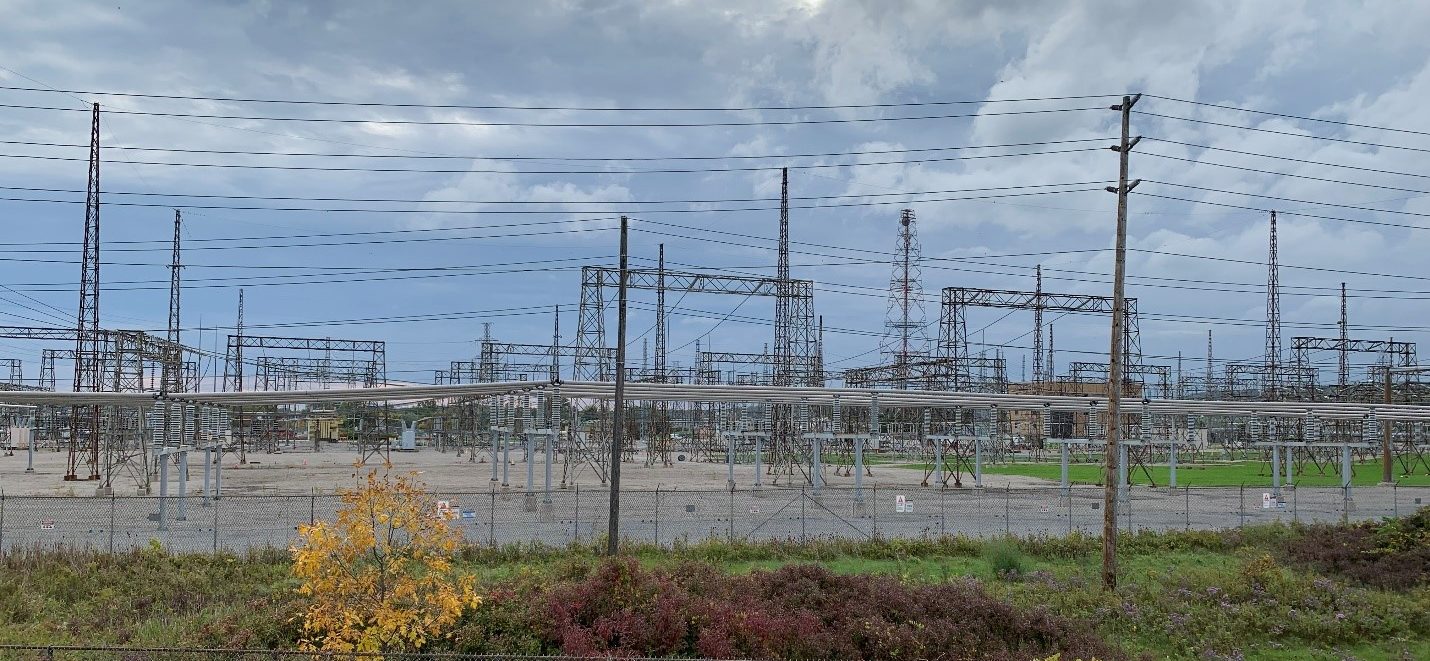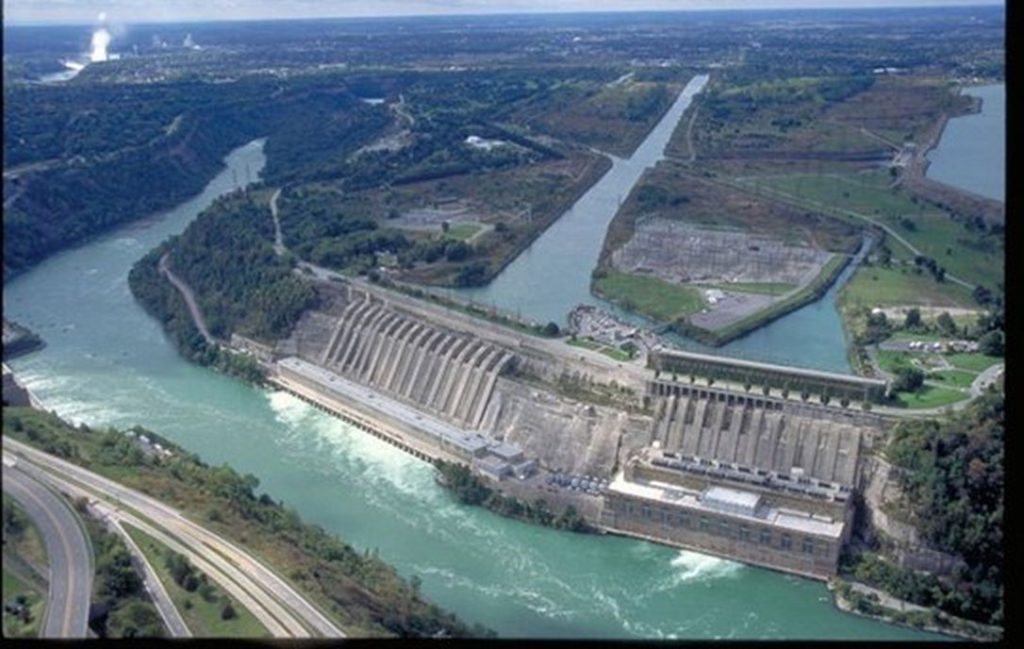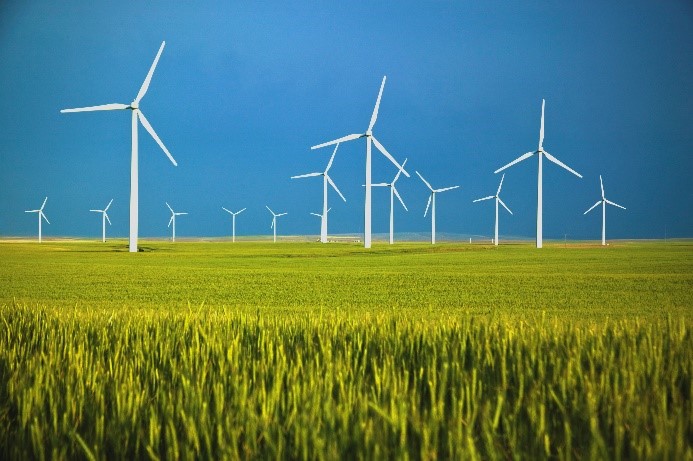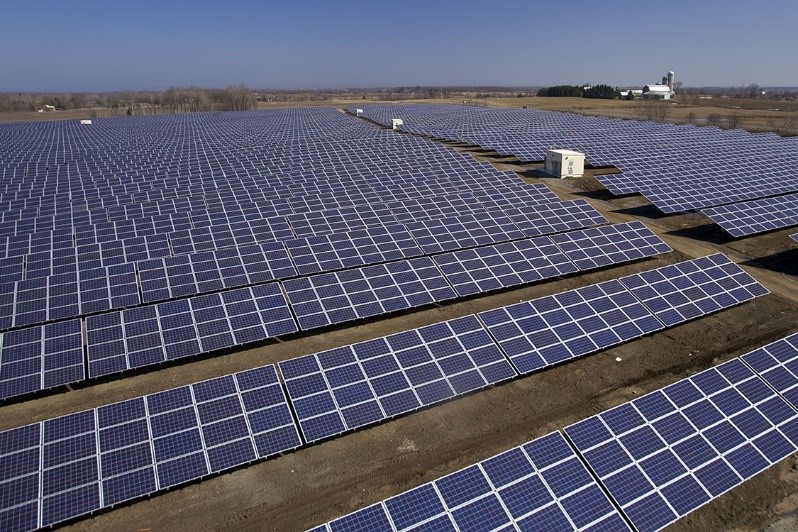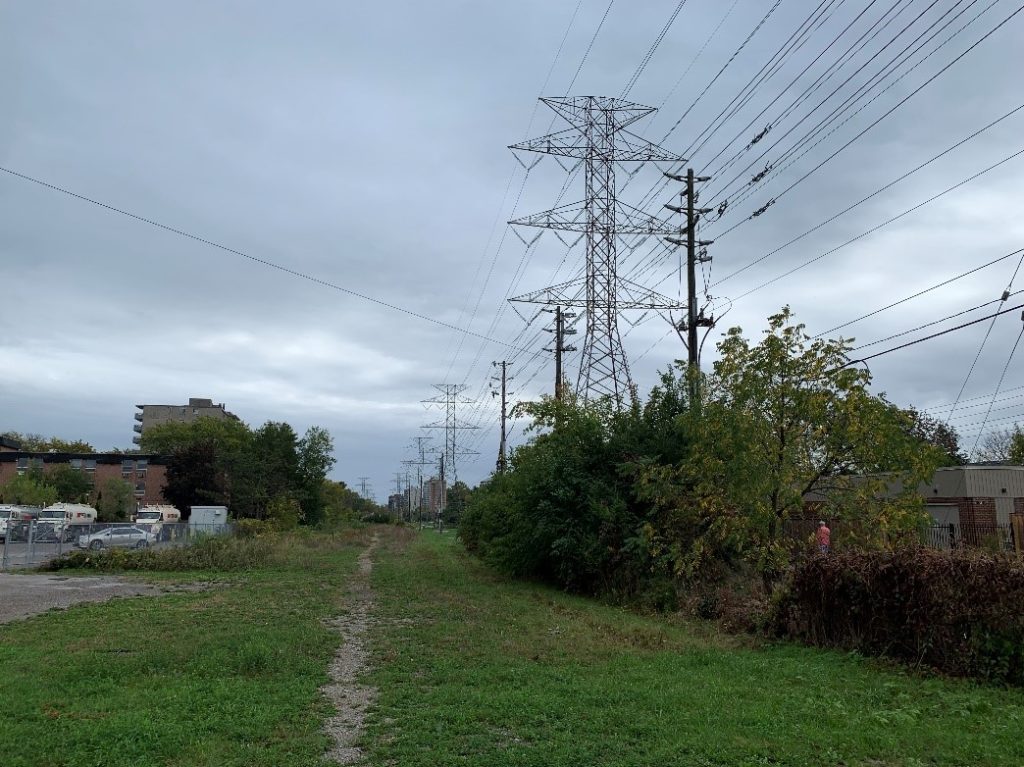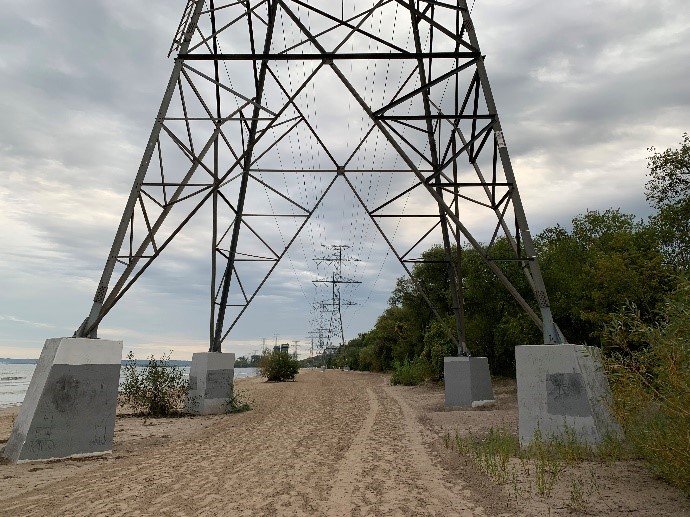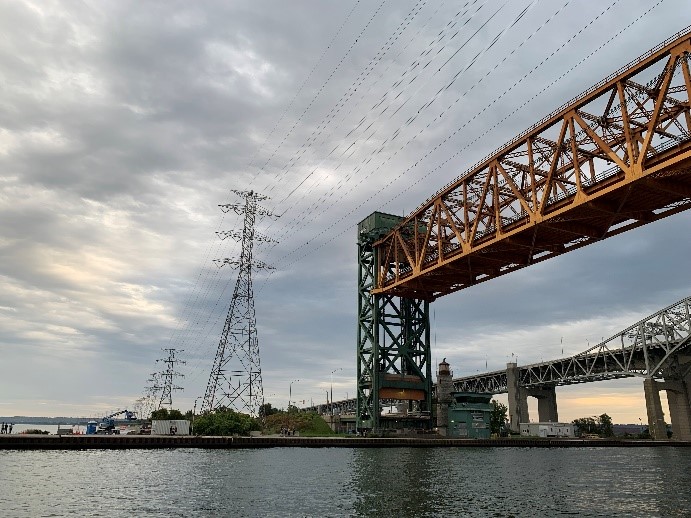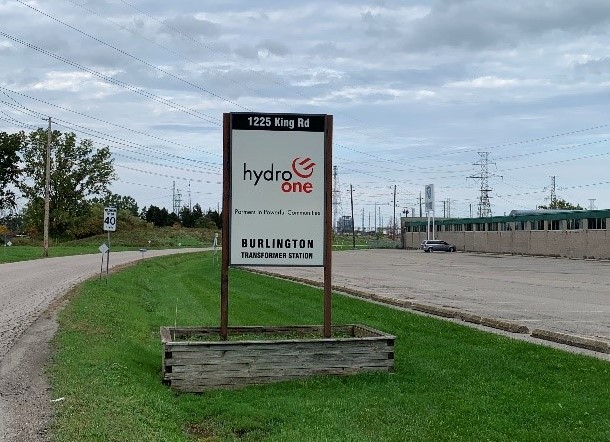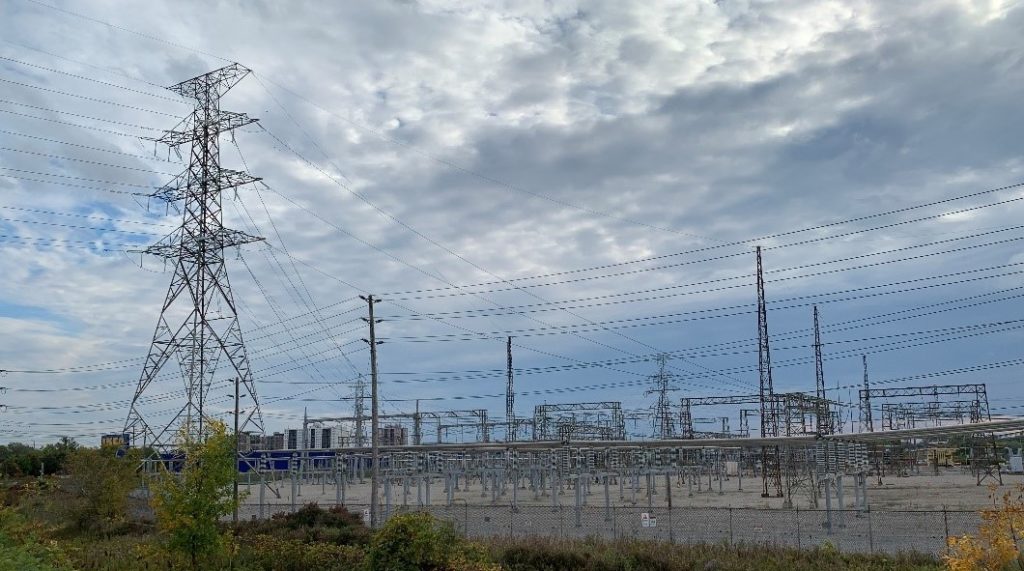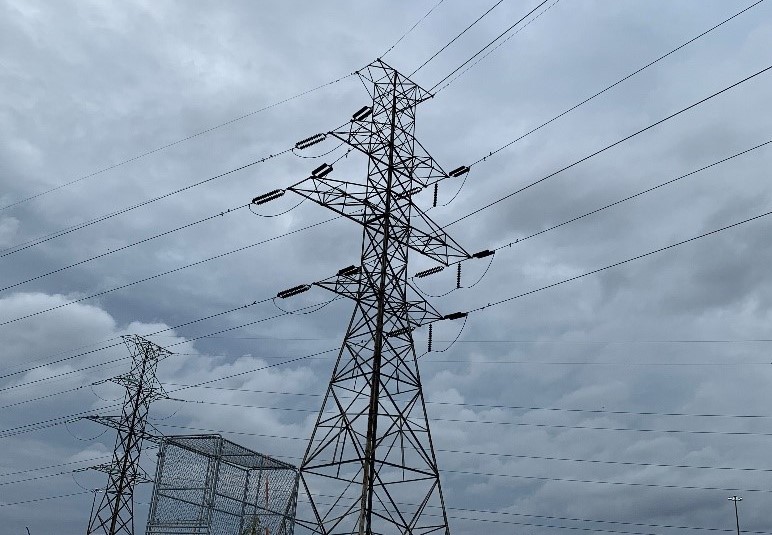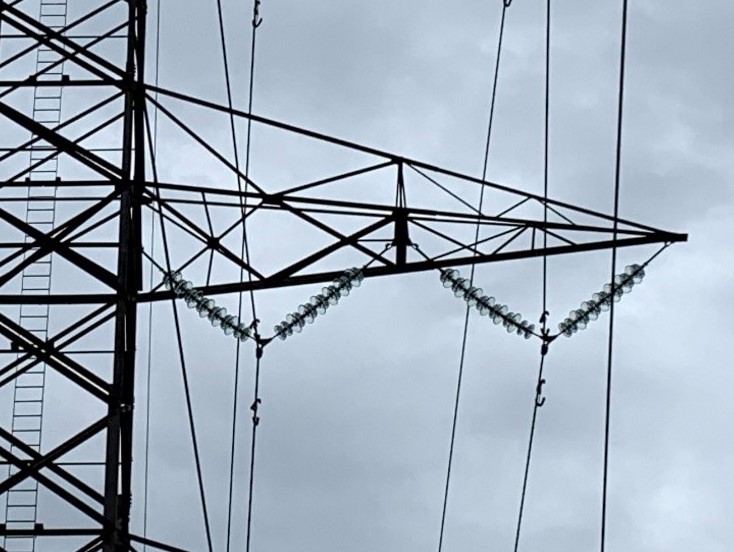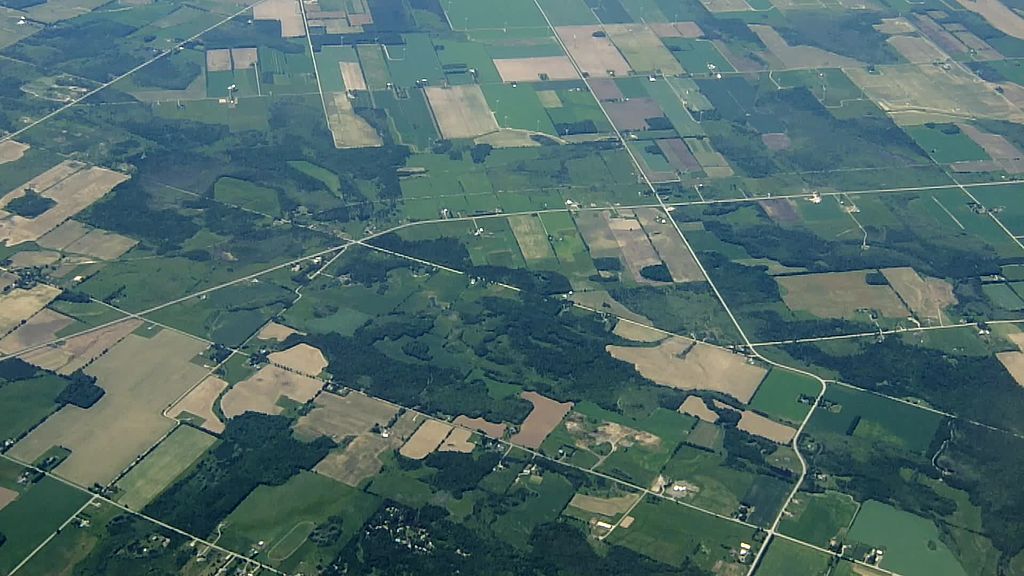Where would we be without electricity? For something as instrumental to everything that every human does all the time, pretty much everywhere, general public knowledge of it is fairly low. Let’s take a look.
In Ontario, electricity generation and distribution have three main components:
- Power generation — the power plants where electricity is made (where all the magic happens!)
- Power transmission — the high-voltage transmission corridors that bring power from the plants to the population centres (like electric super-highways)
- Local distribution — the cities convert high-voltage electricity to low-voltage electricity and distribute it directly to the consumers. These are the power poles and overhead wires on city streets.
Ontario’s diverse power generating capacity comes from multiple sources, including nuclear, hydro, wind, and solar, all regulated by the Ontario Energy Board (OEB; see Figures 1 and 2). The biggest producer of electricity is Ontario Power Generation (OPG).
These power plants are connected to the high-voltage transmission grid across the province, bringing electricity to towns and cities. Hydro One is by far the largest power distributer in Ontario, with about 30,000 km of transmission lines. If you live anywhere in southern Ontario, you’re no stranger to high voltage transmission corridors (see Figures 3 and 4).
Transmitting power over long distances is prone to slight losses of electricity (like a leaking waterline). But the higher the voltage in the wires (called conductors), the smaller the leak, which is why Hydro One transmits (super) high voltage — to reduce the leaks. This is a science class in itself, so we’ll leave it at that.
Hydro One brings the electricity to each municipality at a transformer station; the city takes it from there. Think of these as the “wall outlet” where the city plugs in. The Hydro One transformer station for Burlington is off King Road in the southwest quadrant of the highway interchange between the 403, 407, and QEW (see Figure 5).
The transformer station is the forest of steel towers and pylons that you can see from the highway, and it also serves as a node between three transmission corridors (see Figure 6). This is the ONLY direct connection Burlington has to the grid, where the power generators and transmitters hand the electricity over to the city.
Burlington Hydro, owned by the city, manages the local infrastructure that gets power from the Hydro One transformer station to each individual customer (residential and commercial), such as power poles and overhead power lines.
They first distribute power from the high-voltage Hydro One transformer station to 32 separate medium-voltage substations throughout Burlington (see Figure 7), and from there, through step-down transformers, which distribute low-voltage electricity to your home. High-voltage power would blow up your house (no, it would actually trip your breakers or damage other safety devices, not allowing it into your home). Burlington Hydro manages about 1600 km of power lines, connecting over 65,000 residents and commercial customers.
Electricity wants to go into the ground just like water wants to go downhill. Transmission towers are designed to keep the electricity going through the conductors (wires) as opposed to going down the tower, electrifying everything around it (that would be bad). The towers are insulated from the conductors by means of insulator discs often made of porcelain, ceramic, or glass. You can somewhat guesstimate the voltage in the overhead line by counting these discs. Each disc is good for about 12,000 volts. So, if you count 10 discs, the lines can carry about 120,000 volts (VERY loose approximation — see Figure 8).
The higher the voltage in the conductor, the lower the losses of electricity. Voltage is what pushes electricity from the power plants to the cities. Think of it as gravity that moves water down a river. The higher the voltage, the steeper the river. Current is the flow rate of electricity. Think of current as flow rate of water in a river (same word, actually). The higher the current, the wider the river. Sometimes voltage can reach 200,000 volts (V) or higher.
Power distribution infrastructure is not designed to look pretty; in fact, many consider these transmission corridors to be an eyesore. Harder to appreciate, however, is that these corridors are a sign of a healthy power distribution grid. Some might be old enough to remember the regular blackouts due to power shortages — largely a thing of the past due to our robust infrastructure. And when you look at those transmission towers and miles of wires going through your neighborhood, just tell yourself that some of those electrons belong to you.
Have you seen an interesting building or piece of infrastructure in Burlington that you’d like Eric Chiasson, your personal engineer, to write about?
Send us your suggestions, comments, or questions to articles@local-news.ca and we’ll see what Eric can teach us!
Sources:
Canada Energy Regulator. Provincial and Territorial Energy Profiles — Ontario. Url: https://www.cer-rec.gc.ca/en/data-analysis/energy-markets/provincial-territorial-energy-profiles/provincial-territorial-energy-profiles-ontario.html (accessed Oct. 17, 2021).
City of Burlington. Utilities. Url: https://www.burlington.ca/en/services-for-you/utilities.asp (accessed Oct. 17, 2021).
Independent Electricity System Operator. Ontario’s Power System. Url: https://www.ieso.ca/en/Learn/Ontario-Power-System/Overview-of-Sector-Roles (accessed Oct. 17, 2021).
Practical Engineering. 2019. How Does the Power Grid Work? Blog post, June 25, 2019. Url: https://practical.engineering/blog/2019/6/24/how-does-the-power-grid-work (accessed Oct. 17, 2021).
For further information:
Burlington Hydro Inc. Url: www.burlingtonhydro.com (accessed Oct. 17, 2021).

